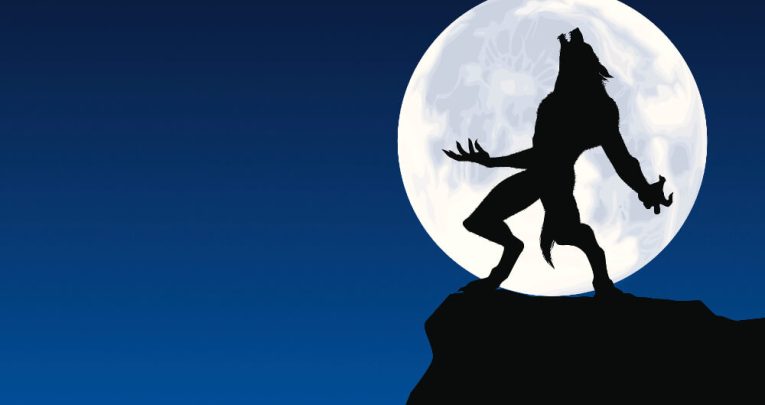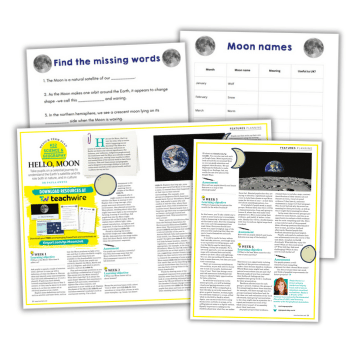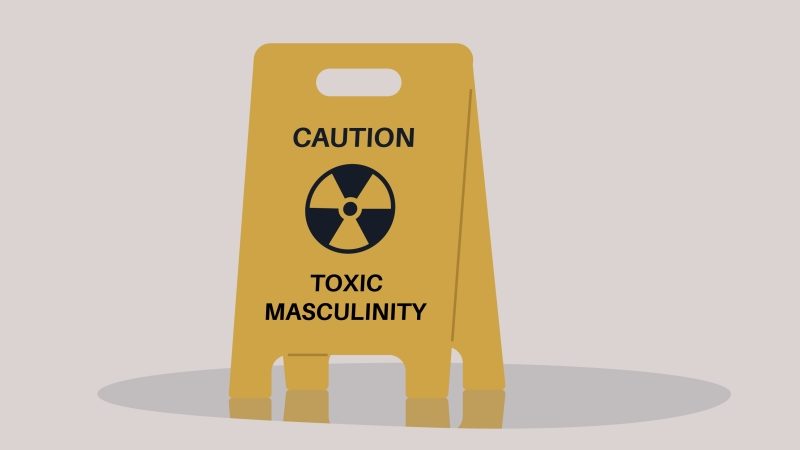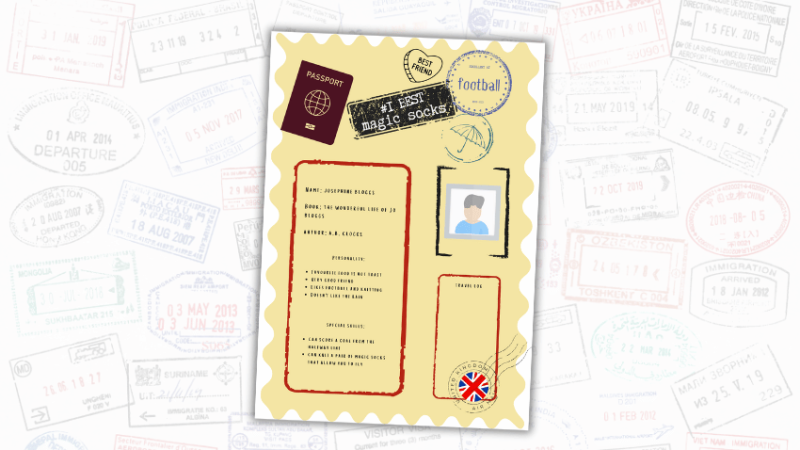Does a full moon affect children’s behaviour?

If you believe your students’ behaviour is worse when there’s a full moon, you’re quite likely to be proved right, warns Gordon Cairns – and that’s just the start of it…

- by Gordon Cairns
- English and forest school teacher

Does a full moon affect children’s behaviour? A stream of anecdotal evidence experienced by teaching staff across the world seems to suggest so.
Although I cannot report seeing pupils spontaneously sprouting hair and growing sharp teeth, climbing onto their desks then howling at this time of the month, in my experience the behaviour of a class group definitely alters for the worse.
I find that students are less willing to work and are more unsettled. And some individuals do have a tendency to be a bit, well, unhinged.
During one full moon day, I had a senior pupil hide under a desk for 50 minutes. When the bell rang for the changeover of classes, he calmly emerged and picked up his bag before leaving the room.
“I find that students are less willing to work and are more unsettled”
When the moon shows its full face to the earth my colleagues in the staffroom at break often share similar experiences to mine. They describe a far more difficult working day than normal with a wry smile.
Probationer teachers who silently scoff at these old wives’ tales in their first year in the profession, nod knowingly the second time around.
Does a full moon affect children’s behaviour?
This phenomenon is not only recognised by educational professionals but also by paramedics and police officers.
In fact, after charting the lunar cycle against the number of incidences of violent events in 2007, police chiefs in Brighton started to deploy extra officers when the moon was full. This was to cope with the larger than usual number of incidents apparently caused by the effect of this lunar occurrence on the town’s citizens.
To an outsider, these views may well be considered illogical. Yet, I consider the teaching profession to be made up of rational individuals on the whole. I include myself in this group. Therefore I have my own, ‘rational’ theory to explain this monthly occurrence.
Rather than admitting to a subconscious belief that teenagers are part werewolf, consider the biological makeup of human beings. Almost three quarters of our brain is composed of water.
As the moon’s gravitational strength pulls the large body of water in our seas, surely it must also have some ‘tidal wave’ effect on our cognitive behaviour? Or at the least the more impressionable individuals that make up the species, such as teenagers.
Further historical evidence to support the full moon effect is the term ‘lunatic’. People commonly used it from the 16th to the 18th century to describe the behaviour of the insane. They believed that the moon’s cycle influenced this behaviour.
The beholder’s eye
So, does a full moon affect children’s behaviour? Despite the wealth of anecdotal evidence, numerous pieces of scientific research simply cannot find any verification to make a firm link between the moon and the behaviour of school children.
‘Frontiers in Pediatrics’ published the most extensive study in 2016. This looked at the behaviour of almost 6,000 children aged between nine and 11 from a dozen countries around the world, including the UK.
The researchers monitored the activity levels of the participants. However, the only change which occurred was that the children were more likely to have their sleep shortened by five minutes. This is far too short a time for us to consider it a statistically significant amount.
Other analytical studies of hospital admissions, police arrests or dog bites show no correlation between their frequency and the phases of the moon.
Behavioural patterns
And this is because in fact, it turns out it’s not them; it’s us. Behavioural psychologists contend that rather than pupils acting unusually, it is the teachers who are responding to events differently; we are searching for a behavioural pattern which simply isn’t there.
The theory that children’s behaviour changes in response to where the moon is in the sky is an example of confirmation bias. This is where we use any relevant information to support beliefs we already hold, ignoring that which contradicts those viewpoints.
In other words, teachers have created a link in their minds which doesn’t actually exist. These ‘illusory correlations’ are caused in part from the far greater likelihood of remembering something out of the ordinary routine rather than the day-to-day events of teaching a class of pupils.
“The theory that children’s behaviour changes in response to where the moon is in the sky is an example of confirmation bias”
If this odd event happens during a full moon we make a connection. We use it as an amusing anecdote, and remember it.
The Scientific American journal explains the phenomenon as follows: ‘Such co-occurrences fit with our preconceptions. As a result of our selective recall, we erroneously perceive an association between full moons and myriad bizarre events.’
Dangerous assumptions
If teachers were only guilty of confirmation bias with regard to a theory about a celestial body affecting the behaviour of teenagers here on earth, this would be fairly innocuous. After all, we are unlikely to change our working practice in an attempt to counteract the lunar impact.
Unfortunately, though, as a profession, we are prone to confirmation bias in other aspects of our work. For example, in pupil assessment; if an unremarkable student writes a fabulous essay we assume he has a great tutor. Or we assume he has cut and pasted someone else’s work.
We tend to have trouble believing evidence which challenges our preconceptions; this saves us from constantly revising our opinions, which is crucially important when time is so short.
Yet the goal of our work is to create the circumstances that will allow a less able student occasionally to be brilliant – and celebrated, not distrusted, when it happens.
Thankfully, we can resist confirmation bias by being aware of its existence in the first place. This is alongside acknowledging the possibility that we might be prone to it.
Being a reflective teacher, and making self evaluation a central element of our practice is key. As is the ability to accept that our assumptions are often wrong, perhaps more often than they are right.
It might seem a little sad to science the magic out of full moon days – but we owe our students nothing less.
Gordon Cairns is an English and forest school teacher. He works in a unit for secondary pupils on the Autism Spectrum Disorder.










